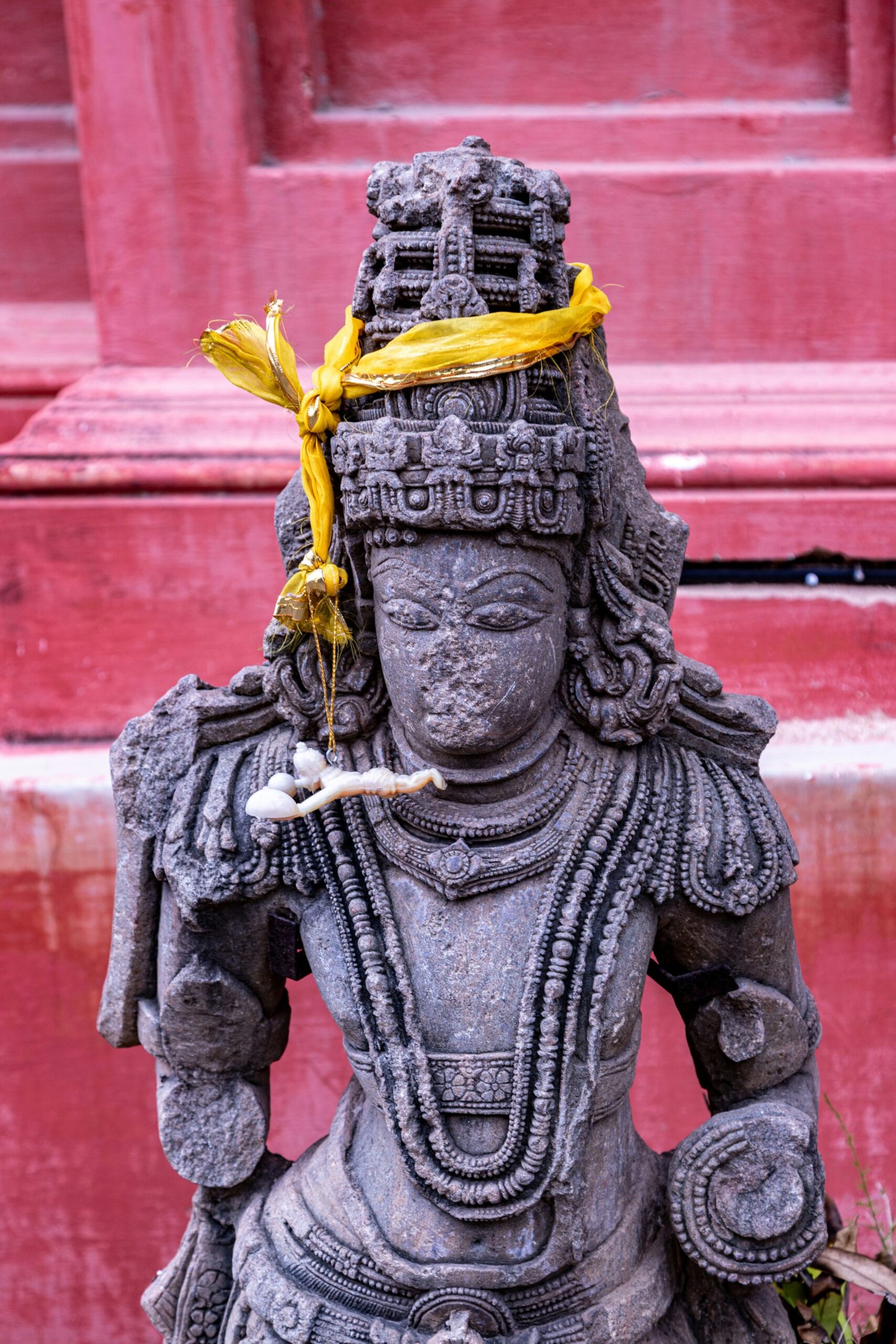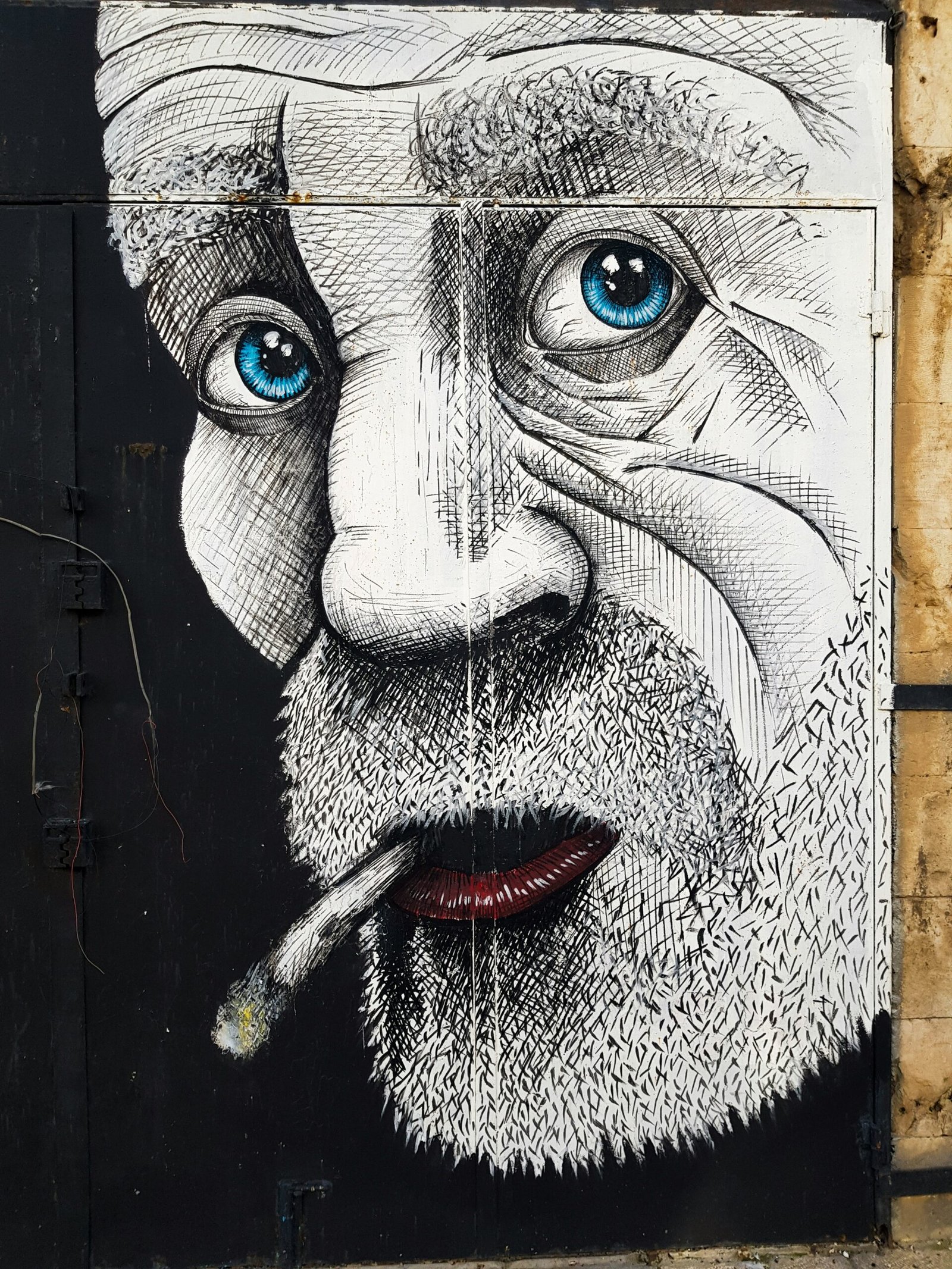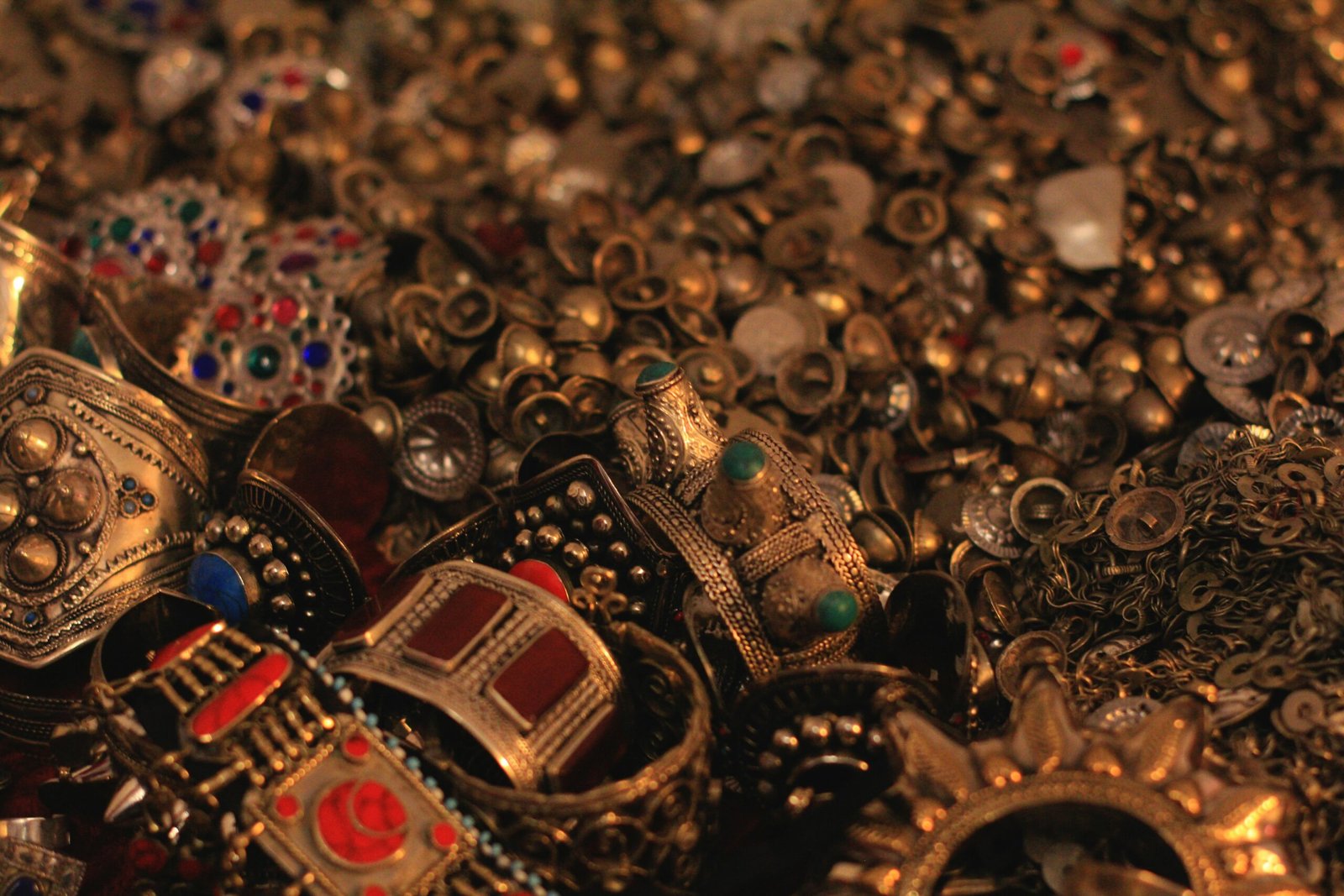Introduction: The Search for Identity
In an era characterized by rapid globalization and technological advancement, individuals often find themselves at a crossroads between diverse cultural influences and their foundational heritage. This is exemplified in the journey of Maya, a college student in India whose academic pursuit of anthropology has unveiled an unsettling reality: a growing sense of disconnect from her cultural roots. As she navigates the complexities of modern life, Maya begins to grapple with questions surrounding her identity, belonging, and the significance of cultural heritage.
Maya’s academic endeavors expose her to various anthropological theories and practices that highlight the multifaceted nature of culture and identity. While studying the intricacies of different societies, she finds herself reflecting on her own upbringing, traditions, and the influence of her family and community. The vibrant tapestry of customs and practices that once felt inherent now appears distant and fragmented, provoking a sense of longing for a deeper understanding of her roots.
This disconnection is not unique to Maya; it mirrors a broader trend experienced by many individuals in contemporary society. In a world where cross-cultural interactions are increasingly common, the balance between embracing new influences and preserving traditional identities becomes a delicate pursuit. Maya’s journey serves as a poignant reminder of the importance of acknowledging and reconnecting with one’s heritage amidst this complexity.
As readers embark on Maya’s journey of self-discovery, they are invited to ponder the significance of cultural identity in shaping personal narratives. This exploration will shed light on the essential role that understanding one’s heritage plays in fostering a sense of belonging and purpose. Ultimately, Maya’s story encourages a reflection on the multifarious ways individuals can bridge the gap between their past and present, cultivating a richer understanding of who they are in the process.
Maya’s Cultural Disconnection
Maya, a college student poised on the brink of adulthood, often grapples with the dissonance between her cultural heritage and her present experiences. Each day unfolds in a bustling academic environment that feels both exhilarating and alienating. Surrounded by peers who predominantly embrace contemporary Western cultures, Maya frequently feels like an outsider, struggling to reconcile her traditional upbringing with the modern lifestyle that engulfs her.
One of the most telling moments was during a casual group assignment, where references to cultural icons and mainstream trends flew over her head. While her classmates laughed and bonded over shared experiences, Maya found herself retreating inward, drawing upon the rich tales of her ancestry that seemed so distant yet fundamental to her identity. In that crowded room, where connection blossomed among her peers, she felt isolated, caught between two worlds. This daily struggle weighs heavily on her psyche, leading her to question the very essence of her identity.
The rapid pace of college life only compounds her feelings of disconnection. With exams, social events, and extracurricular activities consuming her schedule, Maya often finds little time to explore her cultural roots. The pressure to conform to a fast-paced, modern mindset leaves her yearning for a stronger connection to her heritage, yet she feels ill-equipped to navigate this journey alone. Social media, while providing a platform for her to connect with like-minded individuals, often presents an image of cultural identity that feels curated and inauthentic, further amplifying her sense of alienation.
Add to this the societal expectations around success and assimilation, and Maya’s quest for belonging becomes even more complex. Each day, she faces the silent question of how to honor her roots while adapting to a world that values conformity over individuality. Ultimately, her experience reflects a broader narrative of cultural disconnection faced by many in today’s globalized society.
The Cultural Exchange Program: A Turning Point
Maya’s decision to participate in the cultural exchange program marked a significant turning point in her personal development. Initially, she felt apprehensive about joining an initiative that would require her to step outside her comfort zone. These reservations stemmed from the challenges of adapting to a new environment and the fear of not fitting in among her peers from diverse backgrounds. However, her curiosity and desire for cultural understanding outweighed these hesitations.
The cultural exchange program aimed to create an environment that fostered mutual understanding and dialogue among students from various cultural backgrounds. Its overarching goal was to encourage participants to engage with one another, share experiences, and learn from different perspectives. These objectives resonated with Maya, who hoped that the experience would allow her to broaden her own worldview and deepen her appreciation for cultures outside her own.
In preparation for this program, Maya set several expectations for herself. She wanted to immerse herself in the customs and traditions of her exchange partners actively, participate in discussions about cultural differences, and enhance her interpersonal skills. Additionally, she looked forward to forming lasting friendships that could transcend geographical boundaries. Maya believed that these connections would enrich her life significantly and provide her with invaluable insights into the importance of cultural exchange.
Ultimately, the program promised a transformative experience that could help participants break down stereotypes and build bridges between different communities. Through cultural workshops, shared meals, and collaborative projects, Maya anticipated not only personal growth but also the opportunity to contribute to a greater understanding between people of different heritages. This blend of aspirations and hopes set the stage for a journey that would profoundly impact Maya’s views and relationships moving forward.
Meeting Kofi: A New Perspective
During her time in the cultural exchange program, Maya had the opportunity to meet Kofi, a fellow student from Ghana. Their initial interactions were characterized by a blend of curiosity and excitement, as both students were eager to learn from each other’s backgrounds. Kofi’s infectious enthusiasm and deep-rooted pride in his cultural identity immediately impressed Maya, making her reflect on her own heritage.
Kofi shared riveting stories about his upbringing in Ghana, highlighting the vibrant traditions, festivals, and the significance of community. His narratives painted vivid images of the rich cultural practices that define his life. From the rhythmic sounds of traditional music to the colorful attire worn during celebrations, Kofi’s experiences were a testament to the strength and resilience of his identity. These stories allowed Maya to gain insight into the African perspective on cultural heritage, which was different from her own.
Kofi’s stories resonated with Maya, sparking a newfound curiosity about her roots. Through their friendship, she began to appreciate the nuances of cultural exchange. Maya realized that while their backgrounds were distinct, there were universal themes of pride, resilience, and the search for identity that connected them. This relationship not only broadened her perspective but also instilled a desire in her to continue exploring her heritage and the cultural dimensions of her life.
Inspiration: Maya’s Project on Community Traditions
Maya’s journey toward understanding her cultural heritage begins with an encounter that ignites a deep sense of purpose within her. Inspired by Kofi, who passionately documented the rich traditions of his own community, she feels an urge to embark on a similar venture—one that focuses on the customs and stories that shape her roots. This project offers her a means to reconnect with her past and instills a renewed sense of community pride.
At the heart of Maya’s project is the motivation to preserve the traditions that are often overlooked in the hustle of modern life. She recognizes that storytelling is a powerful tool for communication and connection. To begin her research, she engages with various members of her community, from elders who hold the wisdom of generations to younger individuals eager to express their perspectives. Each interaction becomes an opportunity for knowledge sharing, as she gathers insights about festivals, rituals, and local crafts that have been passed down through the years.
Maya employs different methods to collect stories, from formal interviews to informal conversations in local gatherings. She creates a timeline of cultural practices, mapping out how each tradition has evolved over time. By doing so, she not only documents the customs but also fosters a sense of belonging among those who share similar experiences. Through this collaborative narrative-building process, Maya gradually bridges her feelings of disconnection, allowing her to appreciate the diverse tapestries of identities that constitute her community.
As she delves deeper into her project, Maya finds a newfound appreciation for her heritage, ultimately fostering a collective pride that resonates throughout her community. This endeavor becomes more than personal; it’s a unifying force, inspiring others to cherish and celebrate their own traditions while working together to ensure their longevity for future generations.
Fostering Pride: Encouraging Peers to Explore Heritage
Maya embarked on an ambitious project aimed at fostering cultural awareness among her peers, recognizing the importance of understanding and celebrating diverse heritages. Through her research, she conducted a series of in-depth interviews with individuals from various backgrounds within her college and the local community. This process not only allowed Maya to gather valuable stories and insights but also encouraged her interviewees to reflect on their own cultural identities. By sharing these narratives, she facilitated a greater appreciation for the richness and complexity of her peers’ backgrounds.
During presentations of her findings, Maya highlighted key themes that emerged from her interviews, such as the deep-rooted traditions, languages, and customs that shape personal and communal identities. Her ability to weave these elements into engaging conversations sparked profound discussions among her peers, prompting them to consider their own cultural heritage. Maya’s initiative was designed to encourage her classmates to delve deeper into their backgrounds and share their stories, fostering an inclusive environment where everyone’s heritage is valued and celebrated.
Moreover, Maya organized community events that highlighted cultural exchange, such as festivals showcasing traditional foods, dances, and art forms. These gatherings served as a platform for students and community members to come together, share their customs, and learn from one another. Through this engagement, she successfully instilled a sense of pride in cultural identity, transforming how individuals perceive their own heritage. The collective participation in these events also demonstrated how a shared commitment to exploring and honoring diverse backgrounds can unite a community.
In her journey to foster pride among her peers, Maya not only educated but also inspired her college and local community, proving that exploring cultural heritage can enrich lives and strengthen bonds.
Cultural Identity and Its Importance in Society
Cultural identity serves as a fundamental aspect of an individual’s self-concept, heavily influencing how one interacts with the world and perceives others. In the context of Maya and Kofi’s experiences, we observe how their unique cultural backgrounds shape their identities and influence their perceptions. For Maya, reconnecting with her roots facilitates a profound understanding of her heritage, enabling her to navigate the complexities of a globalized society where cultural homogenization often prevails. This rediscovery of cultural identity is essential, as it fosters a sense of belonging and continuity within the modern world.
However, individuals today frequently face challenges in maintaining their cultural identities amidst globalization. The rapid exchange of ideas and values across borders can sometimes lead to a dilution of cultural practices. Maya’s journey underscores the importance of upholding traditions while also engaging with different cultures, a balance that enhances one’s sense of self while promoting inclusivity. Through their cultural exchange programs, both Maya and Kofi highlight that understanding and appreciating one’s heritage does not preclude the acceptance of others. Rather, it cultivates empathy and respect, which are crucial in a diverse society.
Cultural exchange programs stand out as vital in this regard. They offer individuals the opportunity to immerse themselves in different cultures, allowing for shared learning experiences. These programs not only promote cultural understanding but also encourage dialogue and collaboration among participants from varied backgrounds. Maya’s interactions with Kofi exemplify how such exchanges can bridge cultural gaps and foster cooperation. Ultimately, by building awareness and appreciation of diverse cultures, society can work towards a more harmonious coexistence. Understanding one’s cultural identity and the concepts tied to it is crucial in navigating the increasingly interconnected world we inhabit.
Lessons Learned: Maya’s Transformation
The journey of self-discovery often unfolds through unexpected experiences, and for Maya, her path of exploration led her to embrace her cultural identity with newfound pride. Initially, she struggled with a sense of disconnection, absorbed in an environment that often overlooked her heritage. This internal conflict created a yearning to understand her roots better, sparking a desire for a deeper connection with her ancestry.
As Maya engaged with Kofi, she began to see the value of cultural exchange. Their conversations provided her with insights not only into his culture but also into her own. Kofi’s stories about the importance of community and tradition resonated deeply with her, prompting Maya to reflect on her family’s history and legacy. Through their shared experiences, Maya learned that understanding one’s culture can significantly contribute to personal growth and identity formation. This realization empowered her to actively seek connections within her community, participating in cultural events that celebrated diversity and heritage.
Maya’s involvement in local community projects served as a transformative catalyst. By immersing herself in the collective effort to promote cultural awareness, she discovered the importance of collaboration and the richness that varying perspectives bring to social initiatives. This newfound engagement fostered a sense of belonging and shaped her aspirations towards a career in anthropology, as she recognized the profound impact that cultural understanding can have on social cohesion.
In essence, Maya’s journey illustrates that learning about one’s cultural roots can lead to enhanced self-identity and purpose. Her transformation is a reminder of the significance of embracing diversity and the invaluable lessons gained from engaging with different cultures. The experiences she encountered reaffirmed her commitment to advocating for cultural appreciation in her future endeavors.
Conclusion: The Ongoing Journey of Cultural Exploration
Maya’s journey through cultural exchange serves as a powerful reminder of the significance of understanding and embracing diverse cultural identities. As she navigated her way through various traditions and customs, she discovered the profound impact that cultural exchange can have on one’s sense of self. This exploration not only enriched her understanding of her own roots but also fostered connections with others, highlighting the interconnectedness of humanity.
The experience of immersing oneself in different cultures is not just a one-time event but an ongoing journey. Each encounter has the potential to expand our worldviews and deepen our appreciation for the rich tapestry of human experience. By engaging with various cultural communities, individuals can unlock new perspectives that challenge preconceived notions and promote empathy. This journey emphasizes that learning about and respecting different cultures is essential in today’s globalized society.
Moreover, as we reflect on our own cultural heritage, it becomes apparent that identity is not static; it is shaped by our experiences and interactions. This fluidity invites us to continuously seek out opportunities for cultural exploration, whether through travel, education, or grassroots efforts in local communities. By actively participating in cultural exchange, we celebrate diversity and contribute to nurturing a more inclusive world.
Ultimately, as Maya’s story illustrates, the pursuit of cultural understanding is a lifelong endeavor. It encourages readers to engage with their past while remaining open to the myriad of cultural influences that surround them. In doing so, we not only honor our own identities but also play a vital role in fostering a connected and compassionate global community.



















No Comments
Leave a comment Cancel